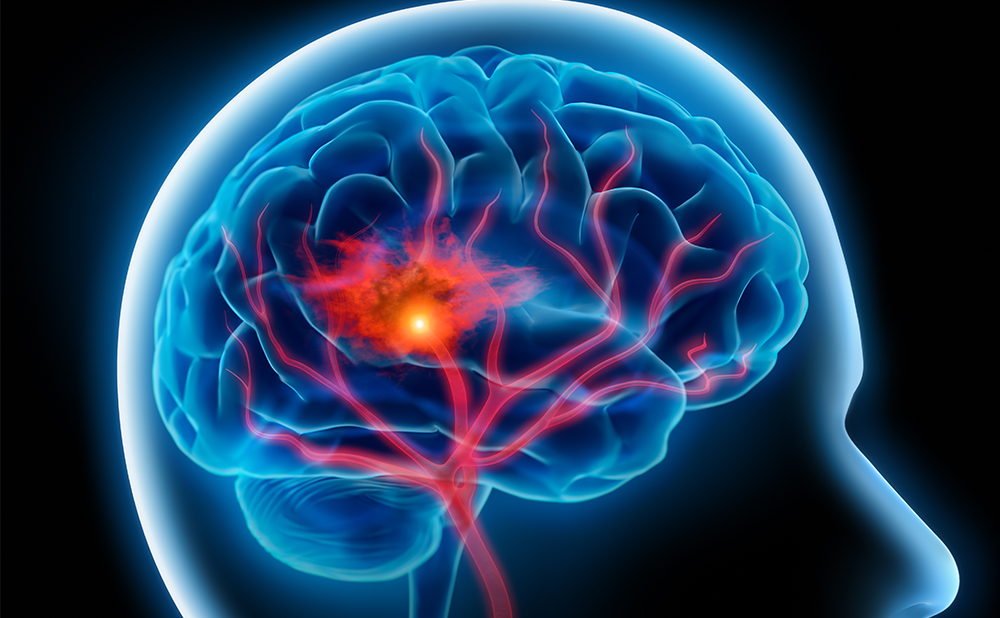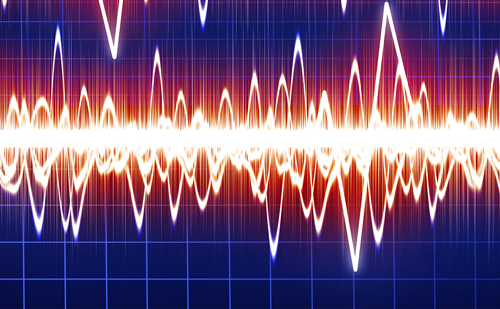What is Trigeminal Neuralgia?
Trigeminal neuralgia (TN) is a vexing clinical problem for a number of reasons, not least of which is clearly defining its clinical spectrum. A commonly accepted definition of TN is that of a facial pain syndrome in which a patient experiences brief, episodic and sharp attacks of pain in the distribution of the trigeminal nerve. These painful attacks are typically unilateral but can rarely be bilateral. Painful attacks are often brought on by triggers including chewing or touching the affected dermatome. Atypical TN includes more lingering or non-episodic constant pain that does not have the typical tactile triggers. Moreover, atypical facial pain, often bilateral, can present in the context of somatoform disorders in which no organic cause can be identified. Finally, one or more of these different types of pain can be present in the same patient at the same time. It is important to distinguish between these different types of facial pain because their aetiologies are probably different and thus their treatments as well.
Burchiel’s recent classification scheme, with minor modifications, links the nature of the trigeminal pain with possible mechanisms (see Table 1).1 In this scheme, what has been known as tic douloureux or typical (type 1) TN is characterised by primarily episodic painful attacks located in the distribution of the trigeminal nerve branches. When constant or lingering pain is the predominant feature but there are additional episodic features, the syndrome is called type 2 TN. These idiopathic forms are distinguished from the deafferentation pain syndromes caused by either unintentional (i.e. accidental trauma) or intentional (purposeful surgical injury to the nerve) damage to the trigeminal nerve. Facial pain following a herpes zoster outbreak falls into this condition as well. These latter conditions are associated with demonstrable trigeminal sensory loss. Finally, somatoform facial pain is labeled atypical facial pain, and is characterised by its bilaterality, as well as presence of pain well outside of the innervation of the trigeminal nerve. Unless otherwise specified, this article is focused on the paroxysmal trigeminal pain syndromes including types 1 and 2 TN as well as TN caused by multiple sclerosis (MS). None of the therapies covered in this article has meaningful benefit for constant or deafferentation facial pain.
To view the full article in PDF or eBook formats, please click on the icons above.














